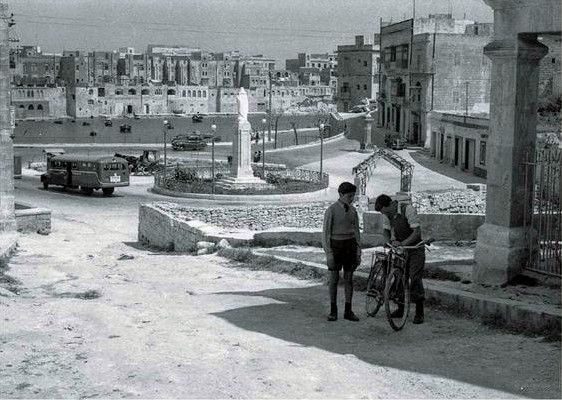Once on a trip to Canada some years ago, my mum and were exploring the beautiful city of Vancouver. We watched fascinated as the little water taxi planes came down to land on the seafront. But after several hours of the city landscape, we grew weary of the shops, the noise, and materialism. We spotted a tiny sign, it said ‘the Chinese scholar’s home and garden’. We decided to enter.
What a delight! It was a replica of a Chinese scholar’s home from the past and had wooden sliding doors, ornate desks with huge sheets of paper, endless paintbrushes for calligraphy, and the most exquisite gardens. It was built in 1986 by fifty-three master craftsmen from China using 950 crates of traditional material and constructed using 14th-century methods so no glue, screws or power tools. Everything was made with so much care. Every tree, plant, rock, table, bowl or pond seemed to have been positioned with meticulous intent.
Just as accurately as the traditional Chinese scholar would have placed his brush on the crisp rice paper to make his figures. The clean lines of the building and the beauty of the gardens nursed our weary spirits.
Suddenly the noise of the busy city disappeared. Instead, the trickle of water or the noise of a leaf as you brushed past filled the quietness. Each view had been landscaped both externally and internally. A circular wooden opening captured a part of a tree, a corner of a pond or a storm perfectly. We sensed an eye with better taste had carefully honed all this beauty. Its simplicity spoke to the senses and made you want to absorb it all in respectful silence. Our time there passed peacefully and it was only when the tour ended and we found ourselves on a busy Vancouver street once more, did we suddenly feel the loss of all its calmness and serenity.
This week a dear friend was leaving the country. Returning to family members in the UK after many years abroad. The cost of posting her belongings, post-Brexit, was not only complicated by endless form filling but also plagued by horrendous shipping costs. It felt as if every item she owned had to be catalogued, described, and recorded by both Foreign Offices and UK official bodies before transportation could begin. Horrified by the high prices my friend carefully culled her precious belongings and then in panic as departure day loomed discarded even more. She decided the only way to cope was to give her belongings to those she cared for. I received her treasured writing desk and chair, from her father. Soon all of her friends were blessed with her thoughtful bequests. The last few boxes were part of her father’s library and over the last few days, I have been sorting through his books in my flat.
What a delight. Here has evidently been another scholar, not of Chinese calligraphy or gardens but of that mindset. Books on history, religion, philosophy, and biographies abounded. Not one book on serial killers, paedophiles, or romantic fiction and it felt such a privilege handling the scholar’s library. Here, in a huge book on 'Excellence', he had placed a handwritten card with page numbers and recorded insightful quotes on this topic.
One sensed the careful mind behind all these books. The delight in spiritual questions with many books on prayer, Saint Thomas Aquinas, meditation, the life of Christ, and from other different religions. Many were books on education and public speaking or the art of conversation. Then, there were the detailed history books on ancient Greece to medieval Europe and even modern political studies. Classical literature was there from works by Shakespeare to Alexander Solzhenitsyn’s novels. There was an unexpected little map that folded out to show all the great monasteries and religious centres that had ever existed in the UK. So many are no longer in existence. There were endless dictionaries in English, Italian and French. I felt like an apprentice who keeps finding his teacher’s tastes are so far beyond him. A book of idioms in both English and Italian, detailed descriptions of societies, intricate philosophy treatises all hurt my mind. I began to feel like a huge carthorse following a thoroughbred and avoiding the tricky fences while they soared over all before them.
I was delighted to discover that a scholar’s library is like peering into another’s interests and enthusiasms. It felt like being awakened by their dedication to learn, examine and search for truth wherever it can be found. Wide-ranging and omnivorous in appetite. It seems so refreshing in the world that seems focused on perversity, character assassination or killer’s confessions. I finished going through the library inspecting the books and discovered I felt the same gratitude I felt outside that scholar’s home in Vancouver. Grateful that such people exist in this world and heartened to think that there are probably other scholars still out there now gleaning things of beauty from this confusing and distracting world.
“Every good habit, every noble quality belongs to man’s spiritual nature, whereas all his imperfections and sinful actions are born of his material nature.”
Bahá’í writings































